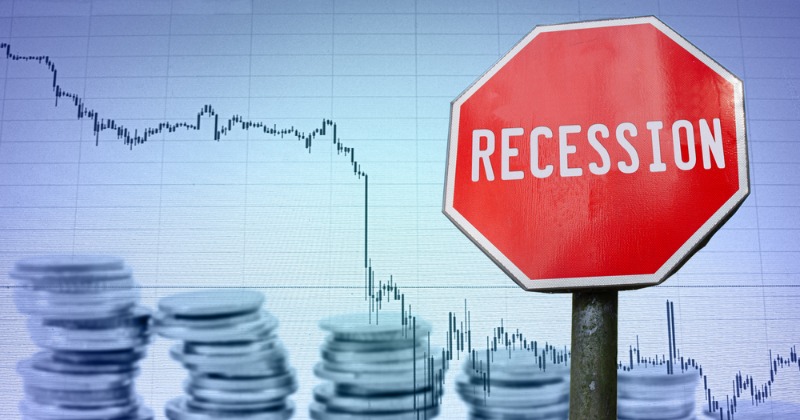
With two consecutive quarters in a row of negative GDP growth are we in a recession?

With two consecutive quarters in a row of negative GDP growth are we in a recession?
Has the United States entered into a recession or not? I am as confused as you may be. I thought that if the GDP has negative growth 2 consecutive quarters, it is a recession. Turns out I find out that is not exactly what defines a recession.
I just found out recently there are eight economists on the Business Cycle Dating Committee who designate if we are in a recession or not. So far they have yet to use the recessionary tools and declare that we have entered into a recession.
Recessions are a backward looking mechanism because you need to let the quarter finish before you can crunch the numbers and decide if GDP contracted or not. That being said we could be in a recession and not know until later, and by then if it’s a small recession, it could be over before anyone even declares we are in a recession.
The GDP in the United States had negative 1Q and 2Q of 2022, but on the other hand the consumer and remains strong, and the job market is strong. Usually recessions come with significant unemployment, that is not the case right now. Being that as it may, if you hear the expert economists on television saying this time around it could be different (there is always a financial guru saying that every time these events occur), well they mean that job market is still strong.
In the past 10 out of 10 times we have had 2 consecutive quarters of negative GDP growth we entered into a recession. 7 of those 10 recessions we had seen significant job losses. This time around it is yet to be seen how it turns out.
With inflation at 40 year highs it is eating into the spending power of the American consumer. If inflation remains we can see continued softness in consumer spending, further contracting production growth.
The Federal Reserve is committed to controlling inflation, and that will come at a cost of production growth and further restricting the spending power of the American consumer. Look for trends in rising unemployment, companies could start to layoff more and more workers, and that will be a further read into an recessionary environment.
The yield curve, which is measured by the ratio of the 2 year treasury and the 10 yea treasury is also inverted, meaning the 2 year treasury bond is yielding a higher interest rate than the 10 year. Normally we want longer bonds with a longer duration to have a higher interest rate to compensate for having your money locked up for a longer period of time. Right now the shorter dated bonds are yielding a higher interest rate, which suggests that investors are worried about the short term outlook.
The yield curve right now is as inverted as it was back in 2006, just a year before the great recession (the financial crisis) began. Certainly the yield curve inversion steepness does not dictate the size of the recession, but it does emphasize how worried traders are.
Another leading indicator of a recession is the demand for copper. Copper in todays high tech world is used more and more, from our phones to even EV vehicles. The decrease in demand can be a leading indicator because the demand decrease predicts a manufacturing decrease, thus leading to contraction in the GDP. Click here to read more about the demand for a decrease in copper.